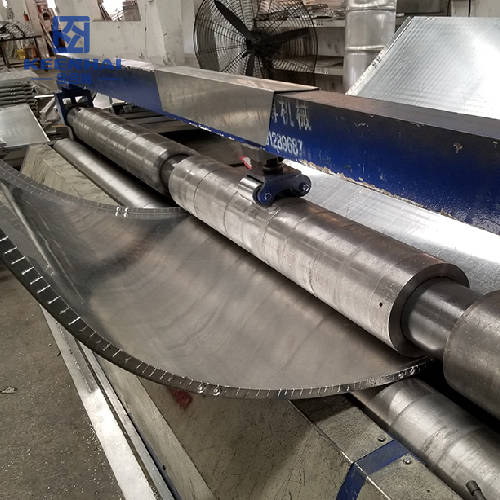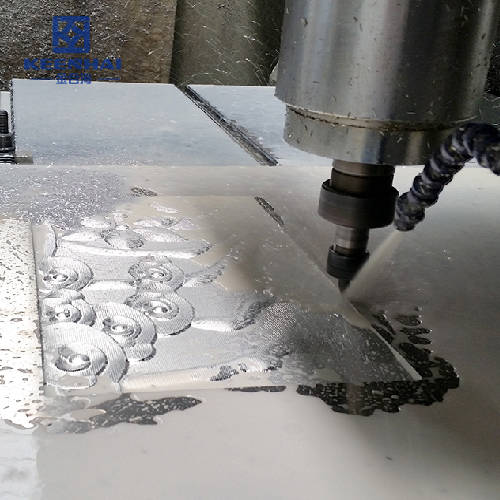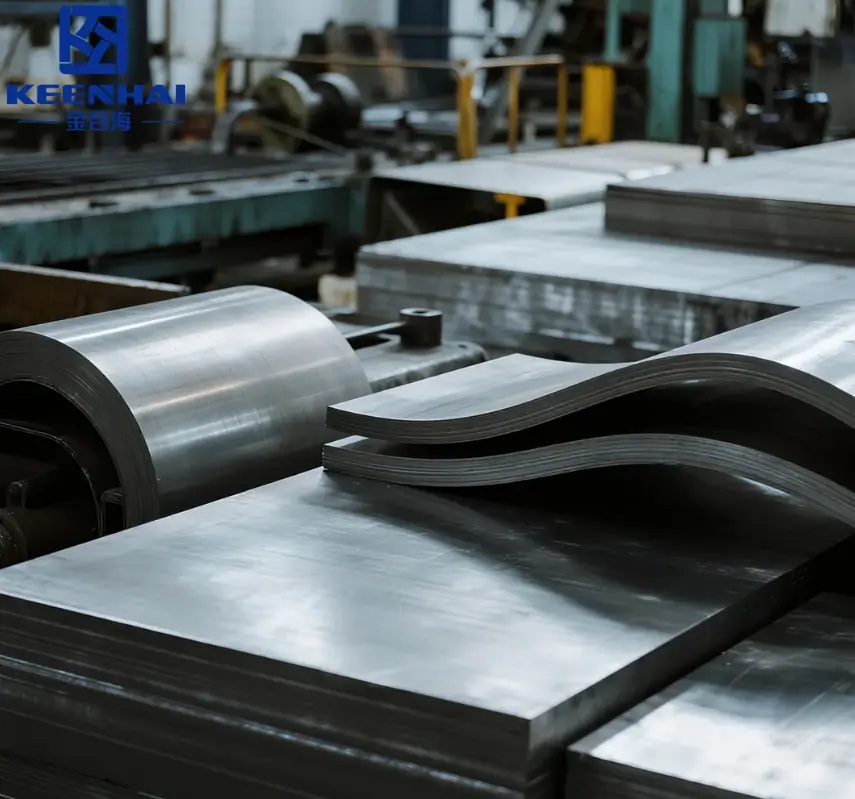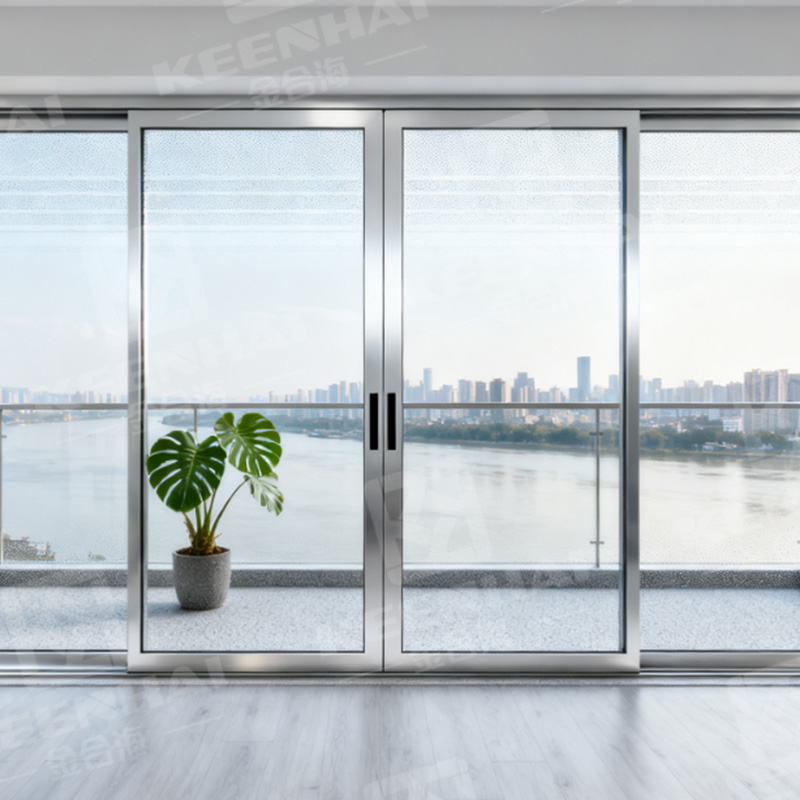If you’re wondering about the difference between Inox ແລະ ສະແຕນເລດ, the short answer is simple: they are essentially the same material, but the grade and application make all the difference. Inox usually refers to stainless steel in general, while the choice between types like 304 and 316 affects cost, rust resistance, and long-term durability. For kitchens, indoor projects, and areas without harsh exposure, 304 stainless steel is often enough. In marine or outdoor environments, 316 is the smarter option because of its superior corrosion resistance. This guide will break down cost, durability, and real-life uses so you can pick the right grade for your project in 2025.
1.What Is Inox Material?
1.1Definition of Inox Material
The term Inox ມາຈາກຄໍາພາສາຝຣັ່ງ ສະແຕນເລດ, which translates to “stainless.” Inox material is another name for stainless steel, commonly used in Europe and certain industries like kitchenware and architecture. Thanks to its unique chemical composition, the term emphasizes the material’s ability to resist rust and staining.
1.2Key Properties of Inox Material
ອຸປະກອນການ Inox ແມ່ນມີຊື່ສຽງສໍາລັບການຕໍ່ຕ້ານການກັດກ່ອນທີ່ດີເລີດ, ປະກອບດ້ວຍເນື້ອໃນ chromium (ປົກກະຕິແລ້ວຂ້າງເທິງ 10.5%). ນີ້ສ້າງຊັ້ນຕົວຕັ້ງຕົວຕີຢູ່ເທິງຫນ້າດິນ, ປົກປ້ອງມັນຈາກການຜຸພັງ. ມັນຍັງມີມູນຄ່າສໍາລັບຄວາມເຂັ້ມແຂງກົນຈັກ, ຄວາມທົນທານ, ແລະການສໍາເລັດຮູບຂັດທີ່ດຶງດູດສາຍຕາ, ເຮັດໃຫ້ມັນເປັນທາງເລືອກສໍາລັບທັງສອງການນໍາໃຊ້ທີ່ເປັນປະໂຫຍດແລະການອອກແບບ.
2.What Is Inox and Stainless Steel?
Inox, short for acier inoxydable, is a high-chromium ສະແຕນເລດ alloy that offers superior resistance to rust and staining. It is widely used in high-end applications like kitchen equipment, jewelry, and marine products.
Stainless steel, in general, is a broad category of alloys that includes Inox and other grades. It contains a minimum of 10.5% chromium to prevent corrosion but may vary in nickel, molybdenum, and other alloy content depending on the grade.
| ຄຸນສົມບັດ | Inox | ສະແຕນເລດ |
|---|---|---|
| Chromium Content | Typically 18%+ | 10.5%-18% (varies by grade) |
| ຄວາມຕ້ານທານຕໍ່ການກັດກ່ອນ | Very high | High |
| Common Uses | Kitchen equipment, jewelry | Construction, automotive, appliances |
All Inox is stainless steel, but not all stainless steel qualifies as Inox. This distinction is important when choosing materials for harsh environments.
3.Durability and Corrosion Resistance
-
Inox: Extremely resistant to oxidation, ideal for outdoor or high-humidity environments. It rarely rusts and maintains a polished finish over time. In marine environments, Inox 316 is often preferred for its molybdenum content, which improves corrosion resistance against saltwater.
-
Standard Stainless Steel: Durable and corrosion-resistant, but some grades like 304 may show minor surface rust if not maintained. For indoor projects, 304 stainless steel is usually sufficient.
Example: A stainless steel kitchen sink made of 304 grade may last 10–15 years with proper care, while a 316 Inox sink in a coastal home can easily last 20+ years without visible corrosion.

4.ການປຽບທຽບວັດສະດຸ Inox ແລະສະແຕນເລດ
4.1Terminology Differences
ຫນຶ່ງໃນຄວາມແຕກຕ່າງຕົ້ນຕໍລະຫວ່າງວັດສະດຸ Inox ແລະສະແຕນເລດແມ່ນຢູ່ໃນຄໍາສັບ. ອຸປະກອນການ Inox ແມ່ນຄໍາສັບທີ່ໃຊ້ທົ່ວໄປໃນເອີຣົບແລະອຸດສາຫະກໍາທີ່ເລືອກ, ໃນຂະນະທີ່ສະແຕນເລດແມ່ນຄໍາສັບທົ່ວໂລກ. ເຖິງວ່າຈະມີຄວາມແຕກຕ່າງໃນນາມສະກຸນ, ພວກເຂົາອ້າງເຖິງວັດສະດຸດຽວກັນ.
4.2Performance Similarities
ບໍ່ວ່າທ່ານເອີ້ນວ່າວັດສະດຸ Inox ຫຼືສະແຕນເລດ, ປະສິດທິພາບຂອງວັດສະດຸຍັງຄົງສອດຄ່ອງ. ທັງສອງຂໍ້ກໍານົດອະທິບາຍເຖິງໂລຫະປະສົມທີ່ທົນທານຕໍ່ການກັດກ່ອນ, ທົນທານຕໍ່ກັບການນໍາໃຊ້ທີ່ຄ້າຍຄືກັນໃນການກໍ່ສ້າງ, ລາຍການຄົວເຮືອນ, ແລະອຸດສາຫະກໍາ.
4.3Variations in Perception
The difference in naming can create a perception that they are distinct materials. For example, “Inox” may be seen as a more premium brand in certain regions due to its association with European quality. In reality, the distinction is purely semantic.
4.4Cost Comparison
Material cost is often the first consideration for many projects.
| ວັດສະດຸ | Average Price per Kg (USD) | Notes |
|---|---|---|
| Inox | 5–8 | Premium, corrosion-resistant |
| ສະແຕນເລດ | 3–6 | Cost-effective, versatile |
-
Inox: Higher upfront cost due to chromium and alloy content, but lower maintenance and longer lifespan often justify the price.
-
ສະແຕນເລດ: More budget-friendly and versatile for most indoor and non-extreme applications.
Real-world ROI: For outdoor stair rails or coastal railings, choosing Inox 316 over standard stainless steel may increase initial cost by 30–50%, but it avoids rust damage and replacement costs over a 15-year span.
5.Key Applications
5.1Kitchen and Household Items
ວັດສະດຸ Inox ແມ່ນຄ້າຍຄືກັນກັບຄຸນນະພາບໃນເຄື່ອງຄົວ. ມັນເປັນທາງເລືອກທີ່ມັກສໍາລັບຫມໍ້, pans, cutlery, ແລະ sinks ເນື່ອງຈາກການຕໍ່ຕ້ານ corrosion, ທໍາຄວາມສະອາດງ່າຍ, ແລະຄວາມງາມ polished. ພື້ນຜິວທີ່ບໍ່ມີປະຕິກິລິຍາຂອງມັນຍັງເຮັດໃຫ້ມັນປອດໄພສໍາລັບການກະກຽມອາຫານ.
5.2Construction and Design
ຄວາມເຂັ້ມແຂງຂອງສະແຕນເລດແລະຄວາມທົນທານຕໍ່ສະພາບອາກາດເຮັດໃຫ້ມັນເປັນຫຼັກໃນການກໍ່ສ້າງ. ມັນຖືກນໍາໃຊ້ສໍາລັບໂຄງປະກອບການ, railings, facades, ແລະອົງປະກອບຕົກແຕ່ງທັງໃນອາຄານທີ່ຢູ່ອາໄສແລະການຄ້າ. ຮູບລັກສະນະທີ່ສະຫງ່າງາມ, ທັນສະໄຫມຂອງສະແຕນເລດຫຼືວັດສະດຸ Inox ເສີມຂະຫຍາຍການອອກແບບສະຖາປັດຕະຍະກໍາ.
5.3Industrial and Automotive Uses
ໃນສະພາບແວດລ້ອມທີ່ມີຄວາມຕ້ອງການເຊັ່ນ: ໂຮງງານອຸດສາຫະກໍາຫຼືການຜະລິດລົດຍົນ, ສະແຕນເລດດີເລີດຍ້ອນຄວາມທົນທານແລະຄວາມສາມາດໃນການທົນທານຕໍ່ສະພາບທີ່ຮຸນແຮງ. ມັນຖືກນໍາໃຊ້ທົ່ວໄປໃນລະບົບໄອເສຍ, ຖັງສານເຄມີ, ແລະອຸປະກອນທາງທະເລ.
6.Different Grades of Inox and Stainless Steel
Understanding grades can help fine-tune your choice:
| Grade | ການນໍາໃຊ້ປົກກະຕິ | Key Advantage |
|---|---|---|
| 304 | Kitchen equipment, appliances | Cost-effective, good corrosion resistance |
| 316 | Marine, outdoor furniture | High corrosion resistance, ideal for harsh environments |
| 430 | Automotive trim, indoor appliances | Magnetic, budget-friendly |
For outdoor, coastal, or high-moisture areas, Inox 316 or equivalent is the safest choice.
7.Maintenance and Lifespan
-
Inox: Low maintenance. Occasional cleaning with mild detergent keeps it shiny. Extremely resistant to corrosion, scratches, and stains.
-
ສະແຕນເລດ: Requires regular cleaning to prevent surface rust, especially in high-humidity or coastal areas. Abrasive cleaners may damage the protective chromium layer.
Example: A 316 Inox outdoor railing may only need yearly cleaning, while a 304 stainless steel railing might require quarterly maintenance in the same environment.

8.Common Misconceptions
-
All stainless steel is Inox – Incorrect. Only certain high-chromium stainless steels qualify as Inox.
-
Higher price always means better quality – Not necessarily. Choosing the right grade for your environment is more important.
-
Maintenance is the same for all grades – Inox generally requires less care, while standard stainless steel may need frequent cleaning to prevent rust.
When deciding between Inox ແລະ ສະແຕນເລດ, consider:
-
Environment: Coastal, marine, or humid areas favor Inox 316.
-
Budget: Stainless steel is sufficient for indoor, less demanding applications.
-
Longevity: Inox offers longer lifespan and lower long-term maintenance.
By understanding your project requirements, you can choose the material that provides the best combination of durability, performance, and value.
If you’re ready to pick the finish that locks in color and cuts long-term upkeep, see our PVD stainless steel sheet guide.







